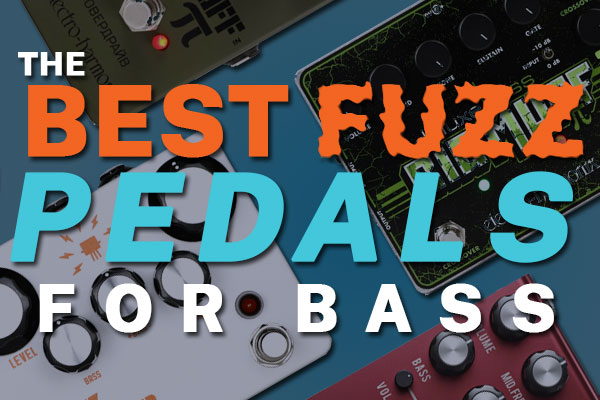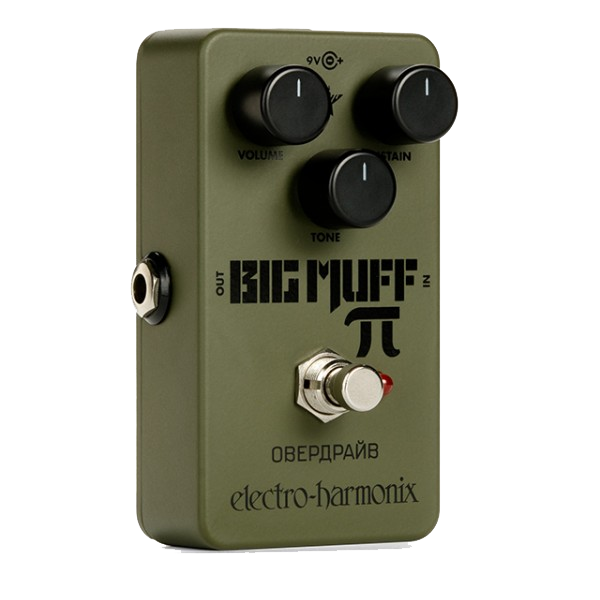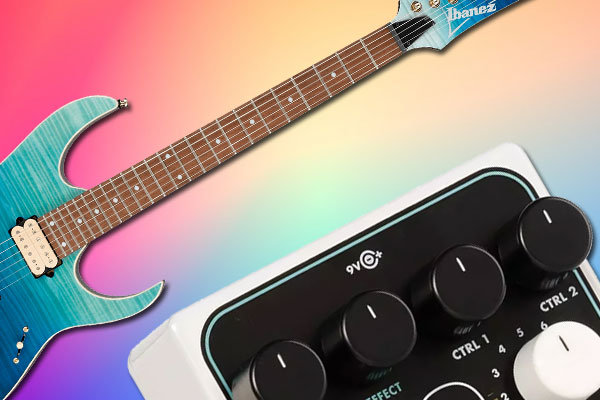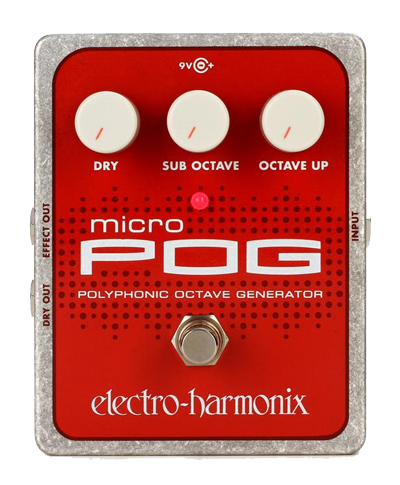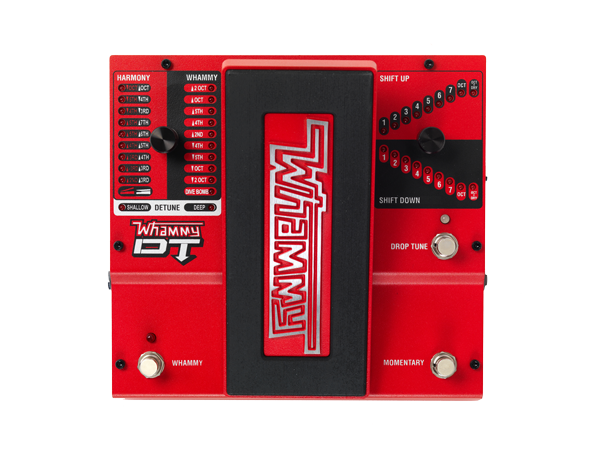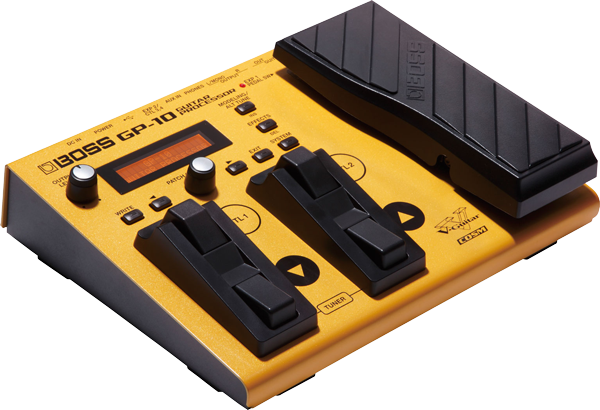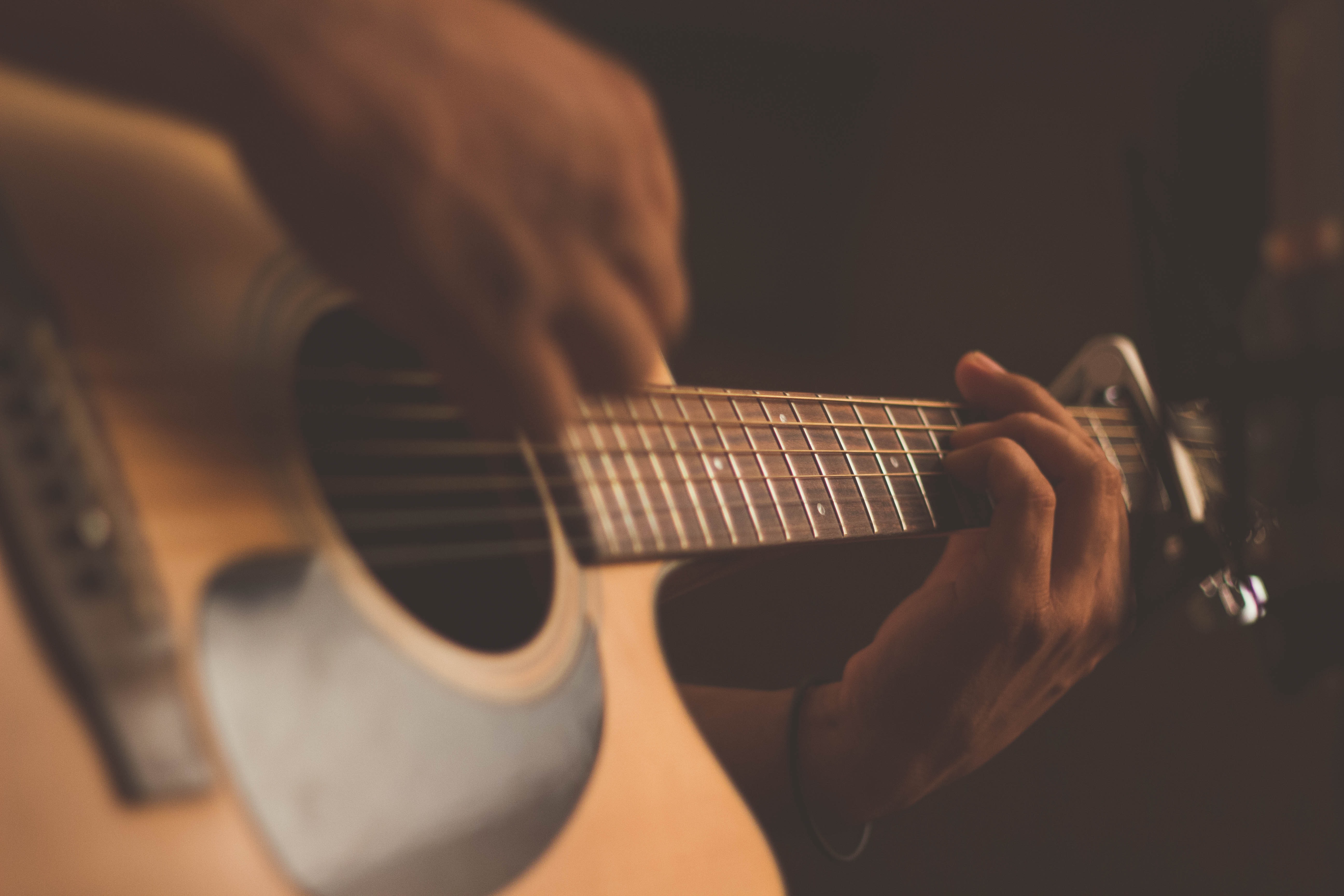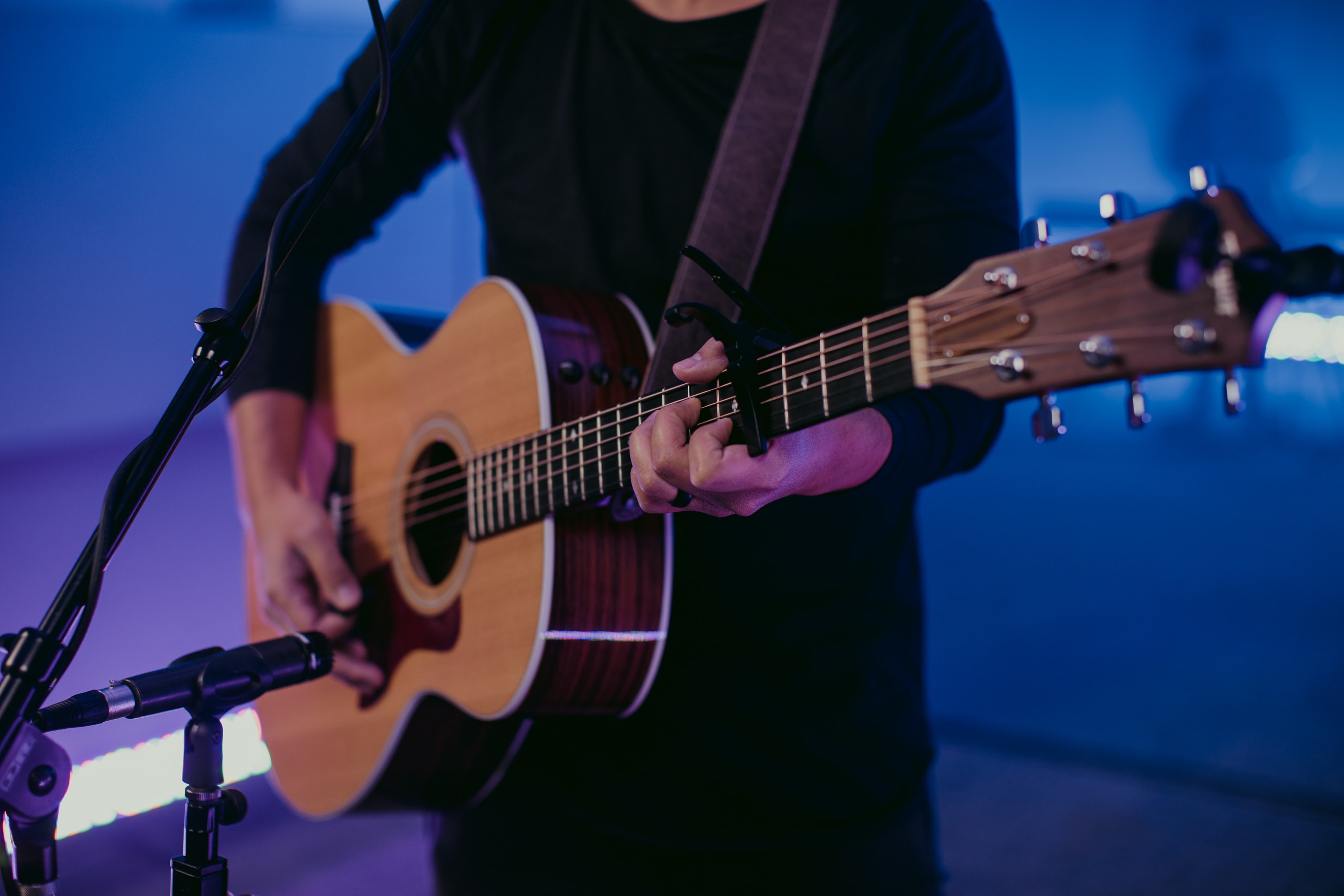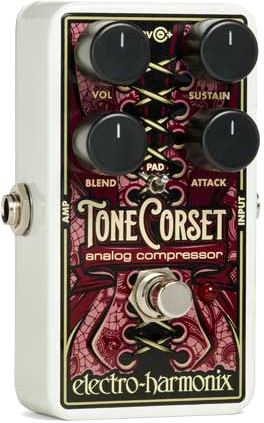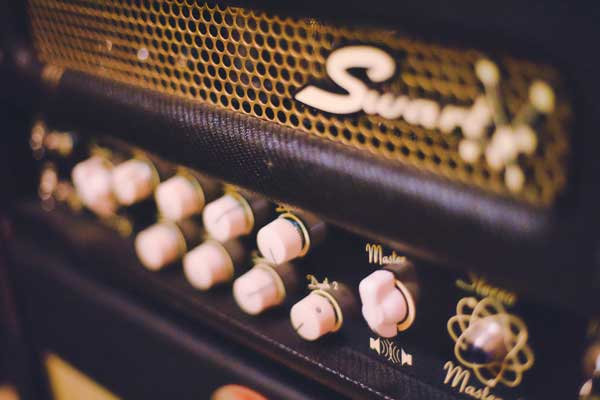
As a guitarist, nothing is more frustrating than trying to nail a specific tone, but your amp won’t deliver the sound you need. Someone may have told you that your existing amp isn’t suitable for your playing style. However, before you run out and buy a new amp, you should make some adjustments to your current one to see if it helps. Let’s go over how to get a great guitar amp sound.
How To Make Your Guitar Amp Sound Great
1. Decrease your gain
One of the most common reasons your amp tone may sound poor is because you have the gain cranked way too high. Even if your playing style fancies high gain distortion, dialling the gain back will improve your overall tone. Too much gain oversaturates your sound and damages its clarity. Try backing your gain off and see how it impacts your amp tone.
2. Boost your mids
You may be familiar with the term “scooped sound.” This refers to a low mid setting and a high treble and bass setting and was popular with metal and rock players in the ’80s. However, while it may sound fine on its own, you’ll immediately notice that your tone gets drowned out when you play along with a band or backing track. To remedy this, try increasing your mids and find the sweet spot where your playing stands out without getting muddled.
3. Adjustment the placement
Where you put your guitar amps matters and impacts your sound drastically. Generally, you’ll want to put it on a stand or at least a few inches off the ground. You’ll also want to keep it away from other sound equipment like microphones since they can increase the amount of feedback you receive.
4. Select the right pickup
If you’re a beginner electric guitarist, you may not be completely familiar with your pickups. However, knowing which pickup to use in different situations can make or break your tone. Most guitars have three settings: one for using bridge pickup in isolation, one for using neck pickup in isolation, and one that uses both neck and bridge pickups together. Generally, you’ll want to use bridge pickup for lead guitar and neck pickup for rhythm guitar.
There are also different types of pickups. Single-coil and humbucker are the main two, and both produce pretty different tones. Single-coil can be found on Fender Stratocasters, while humbuckers are found on Gibson Les Paul. Experiment with the different pickup selectors to find the style you want.
5. Use pedals
No matter your amp, it has its limitations. One of the biggest limitations that come with guitar amps is the number of built-in controls. Thankfully, you can add guitar effects pedals to give you more customization options over your tone. There are many guitar effects out there, so it’s just a matter of researching pedals for your desired tone.
We have written a guide on the types of guitar pedals you may be interested in checking out here: What are the different types of guitar pedals?
Achieve Great Guitar Amp Sound
As you can see, you have a lot of options to try before you go out and buy a new guitar amp. However, if you’re set on buying a new amp, we have a large variety of guitar amps and guitar combo amps for you to check out.
Shop Guitar Amps Shop Guitar Combo Amps






